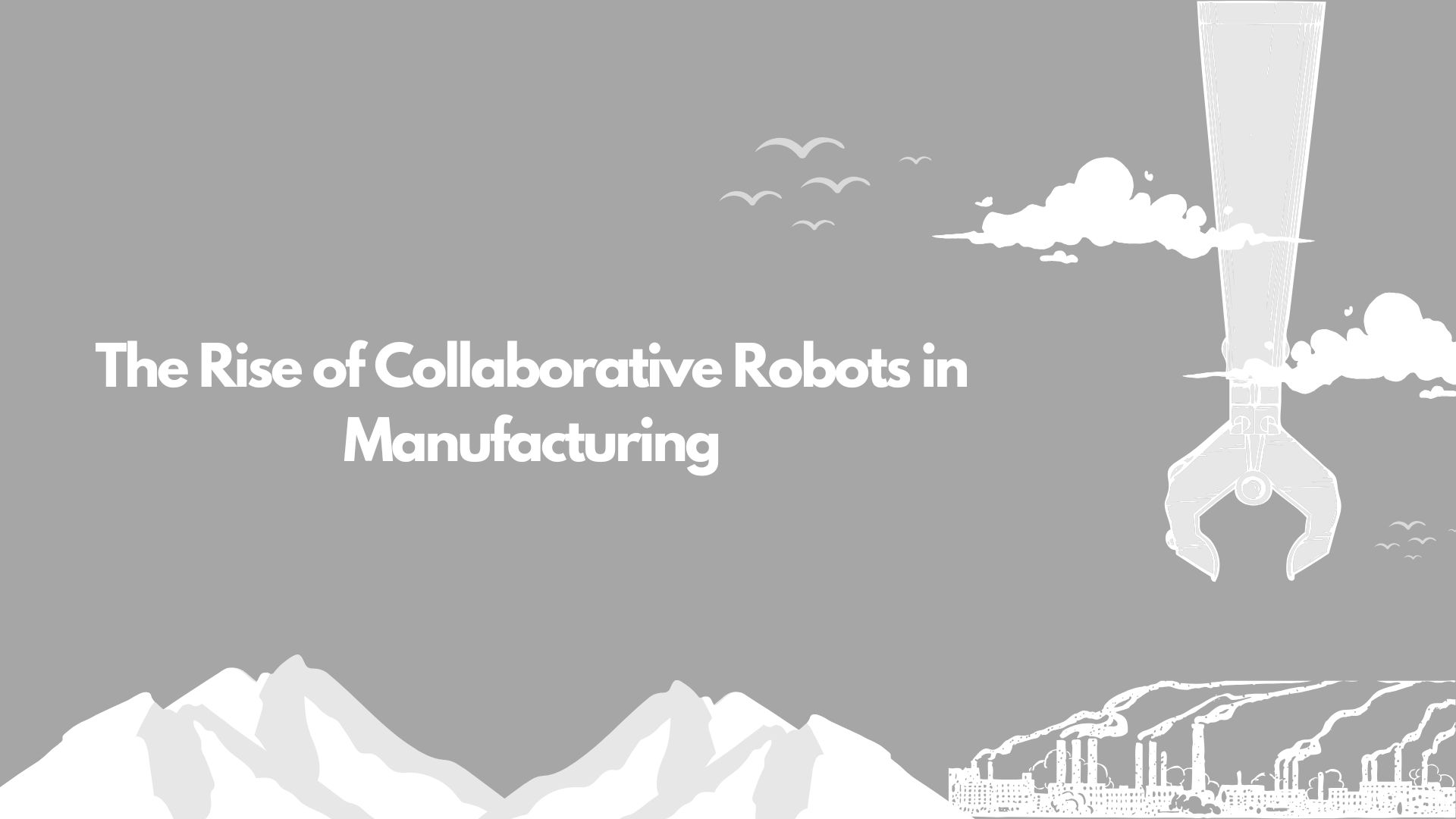Introduction
Collaborative robots, or cobots, are becoming increasingly prevalent in the manufacturing sector. Unlike traditional robots, cobots are designed to work alongside human workers, enhancing productivity and safety. This blog explores the benefits and applications of cobots in manufacturing.
Understanding Collaborative Robots
Cobots are robots equipped with advanced sensors, artificial intelligence, and safety features that enable them to work in close proximity to humans. They are designed to be easy to program, flexible, and safe to operate without extensive safety barriers.
Key Applications of Cobots in Manufacturing
- Assembly Line Assistance: Cobots assist human workers with repetitive and precise assembly tasks.
- Quality Inspection: Cobots equipped with vision systems inspect products for defects and inconsistencies.
- Material Handling: Cobots transport materials within facilities, reducing manual labor.
- Machine Tending: Cobots load and unload machines, increasing operational efficiency.
- Packaging and Palletizing: Cobots automate packaging and palletizing processes, improving throughput.
Benefits of Cobots in Manufacturing
- Enhanced Productivity: Cobots work alongside human workers, increasing overall productivity.
- Improved Safety: Advanced sensors and safety features reduce the risk of workplace injuries.
- Cost Efficiency: Cobots are generally more affordable and easier to deploy than traditional robots.
- Flexibility: Cobots can be easily reprogrammed for different tasks, providing versatility in production processes.
- Employee Satisfaction: By taking over repetitive and strenuous tasks, cobots allow human workers to focus on more complex and rewarding activities.
Case Study: Cobots at [Company Name]
[Company Name], a major electronics manufacturer, integrated cobots into its production lines:
- 25% Increase in Productivity: Cobots assisted with assembly and material handling.
- 20% Reduction in Workplace Injuries: Enhanced safety features reduced accidents.
- Higher Employee Satisfaction: Workers could focus on more skilled tasks, improving job satisfaction.
Conclusion
Collaborative robots are reshaping the manufacturing landscape by working alongside human workers to enhance productivity, safety, and flexibility. By integrating cobots into their operations, manufacturers can achieve significant improvements in efficiency and employee satisfaction, driving long-term success in a competitive industry.









